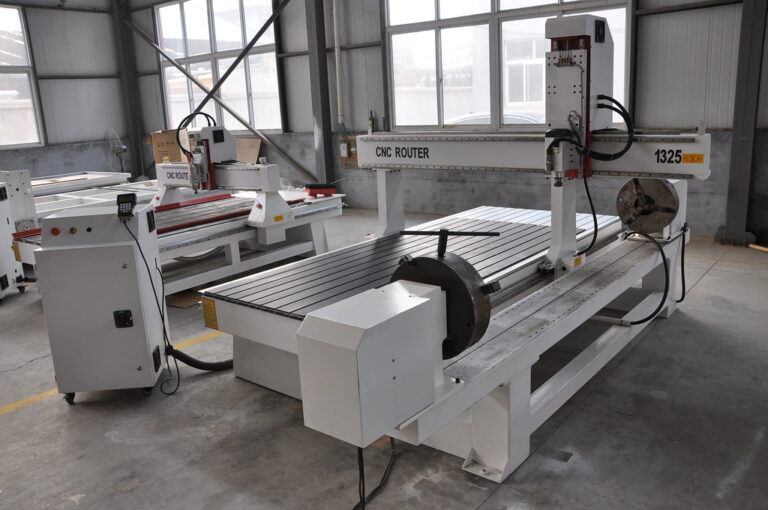Woodworking has always 5 Axis CNC been a craft that combines creativity with precision. Over the years, advancements in technology have revolutionized the way woodworkers approach their projects. One such advancement is the use of 5 Axis routing machines, which have transformed the woodworking industry. In this article, we will explore the future of woodworking about 5 Axis CNC routing.
Evolution of CNC Routing
Table Of Contents
CNC (Computer Numerical Control) routing involves using computer-controlled machines to cut, shape, and carve wood with unparalleled accuracy. Traditional CNC routers were limited to three axes of motion: X, Y, and Z. However, the introduction of 5 Axis routers has opened up a world of possibilities for woodworkers.
Benefits of 5 Axis CNC Routing
The best 5 axis CNC router allows for more complex designs to be created with ease. The additional axes of motion enable the router to approach the workpiece from multiple angles, resulting in intricate cuts and shapes that were previously difficult or impossible to achieve. This level of precision is essential for industries such as furniture making, cabinetry, and architectural woodworking.
Increased Efficiency and Productivity
One of the key advantages of 5 Axis CNC routing is the significant increase in efficiency and productivity. These machines can complete tasks in a fraction of the time it would take a human operator, while maintaining consistent quality. This not only speeds up production processes but also reduces the margin of error, resulting in cost savings for woodworking businesses.
Enhanced Design Capabilities
5 Axis CNC routing opens up a world of design possibilities for woodworkers. Intricate 3D shapes, curved surfaces, and complex joinery can be achieved with precision and repeatability. This level of design flexibility allows woodworkers to push the boundaries of traditional woodworking and explore new artistic avenues.
Integration of Software and Automation
Another trend in the future of woodworking is the seamless integration of design software and automation. Woodworking software programs now allow designers to create intricate 3D models and convert them directly into toolpaths for CNC routing machines. This streamlines the production process and reduces the likelihood of errors caused by manual programming.
Environmental Sustainability
With an increased focus on environmental sustainability, woodworkers are turning towards 5 Axis CNC routing as a more eco-friendly alternative to traditional woodworking methods. These machines optimize material usage, reduce waste, and operate with greater energy efficiency. Additionally, the precision of CNC routing leads to higher-quality products that are built to last, reducing the need for frequent replacements.
Challenges and Considerations
Despite the numerous benefits of 5 Axis CNC routing, there are some challenges that woodworkers may face. The initial investment in CNC routing machines can be significant, and training operators to use these complex machines effectively requires time and resources. Additionally, maintaining and servicing CNC routers to ensure optimal performance is crucial for long-term success.
Read more about: Suitability Diagnostics for Refugees and Migrants
Future of the Woodworking Industry
As technology continues to advance, the future of woodworking looks promising with 5 Axis CNC routing at the forefront of innovation. Woodworkers who embrace these advancements will gain a competitive edge in the market by offering high-quality, intricate designs in a more efficient and sustainable manner. The integration of technology and craftsmanship is shaping the woodworking industry into a dynamic and exciting field with endless possibilities.
